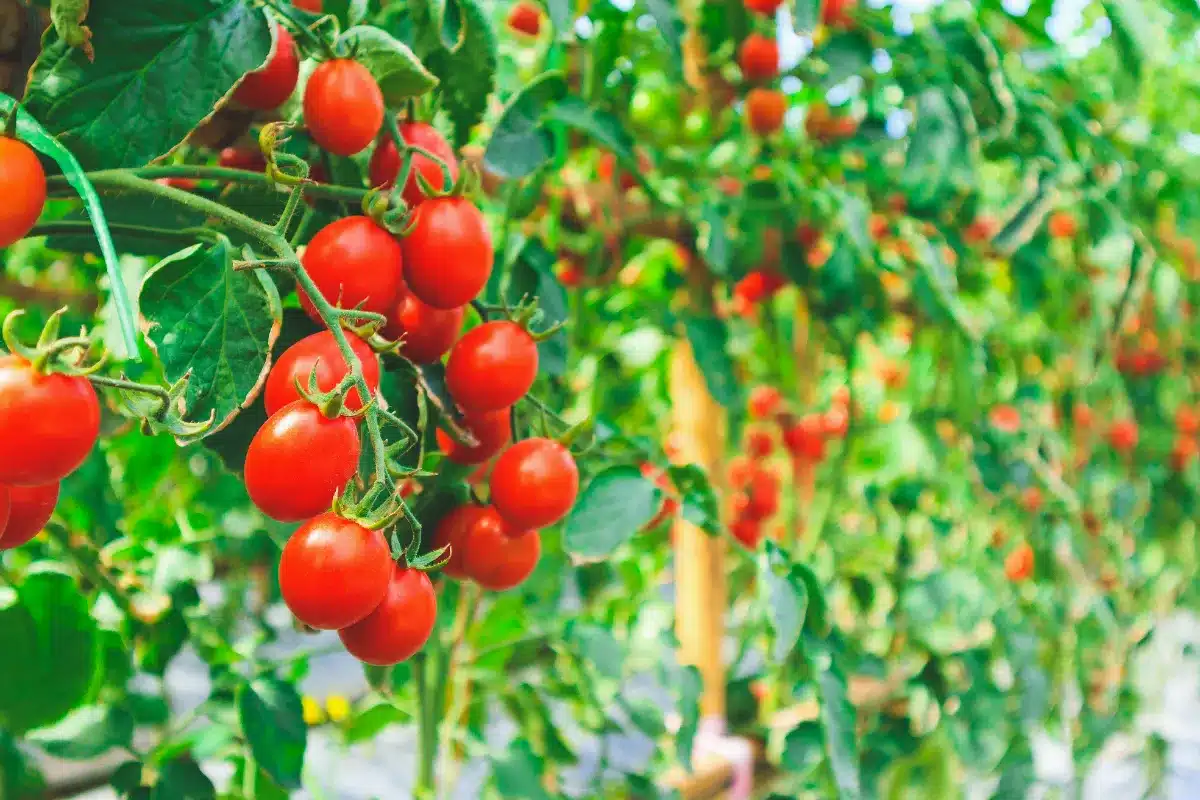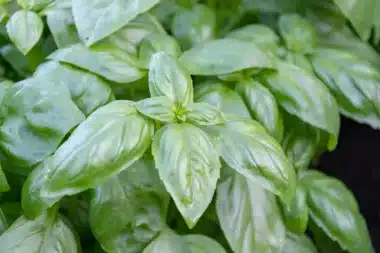Garden lovers are always on the hunt for natural, effective ways to boost plant health and yield. One method getting a lot of buzz is using baking soda on tomato cultivation. This everyday pantry staple offers several perks—from fending off pests to controlling fungal diseases—making it a handy tool for any backyard gardener. Of course, knowing how to use it right and being aware of possible downsides (like any home remedy might have) is key to keeping your tomato plants happy and healthy.
Enhancing tomato plant health with baking soda
Baking soda (sodium bicarbonate) can really help your tomato plants deal with various garden challenges. It’s been shown to sweeten tomatoes while also keeping pests such as slugs, ants, and aphids at bay. Acting like a natural barrier (it dries out these pests, messes up ant scent trails, and discourages aphid swarms), it’s a win–win for those looking to improve both taste and plant protection.
On top of that, baking soda works as a homegrown weed control option. Sprinkling it directly on unwanted plants can slow their growth without resorting to chemical herbicides. Just be careful not to change the soil’s pH too much around your tomatoes.
Heatwave: The Spanish Water Bottle Trick to Replace Air Conditioning (Without Breaking the Bank)
Application techniques for optimal results
To really get the best out of baking soda on your tomato plants, using the right methods is important. A light dusting around the plants’ bases can help keep common garden pests like slugs, ants, and aphids away. If you’re dealing with fungal diseases—a pesky problem when growing tomatoes—the U.S. Department of Agriculture recommends a diluted spray. Mix 1 tablespoon of baking soda, 1 teaspoon of vegetable oil, a dash of dish soap (just enough to help everything stick), into a gallon of water. This spray, when applied to the leaves, creates a spot that fungi just don’t like hanging around.
Keep in mind that while baking soda can work wonders against pests and diseases, using too much might cause issues like wilting or stunted growth because of its salt content.
Understanding soil pH implications
One thing to watch out for is how baking soda affects your soil’s pH. Since it raises the pH levels, using it in excess might tip the balance and make the soil too alkaline for tomatoes. These plants do best in soils that range from slightly acidic to neutral, with a pH between 6.2 and 6.8. So, it’s a good idea to keep an eye on your soil’s pH when using baking soda.
If you need a different way to adjust soil pH without risking the well-being of your plants, lime is a solid option. Not only does lime raise the pH of acidic soils, but it also adds calcium—an important nutrient that helps prevent blossom end rot in tomatoes (a common issue in tomato gardening).
Exploring alternatives for pest control
While baking soda brings a lot to the table when it comes to battling pests, it doesn’t hurt to have backup options. Neem oil, for instance, is a great alternative that tackles a broader range of pests beyond those affected by baking soda alone.
Neem oil works by disrupting insects’ life cycles—repelling adult bugs and stopping larvae from developing—which means it offers a more all-around defense against those pesky garden invaders.
Using baking soda on tomato plants is an interesting blend of old-school methods and modern gardening practices, all steering towards sustainable growing techniques without relying on harsh chemicals or synthetic additives often found in commercial products. By carefully weighing how you apply it (and watching out for possible risks if misused), you can empower yourself to grow healthier crops right at home.







